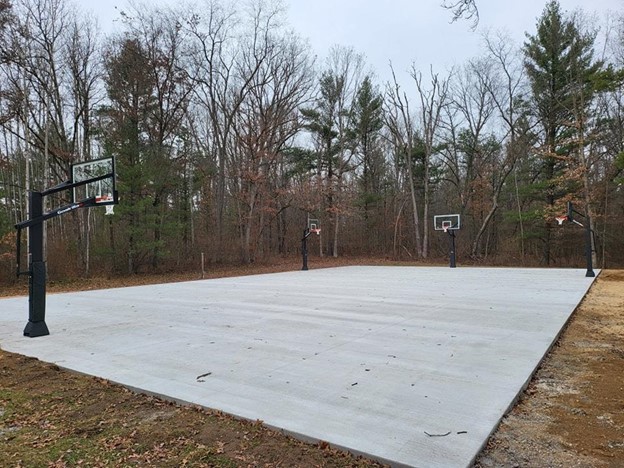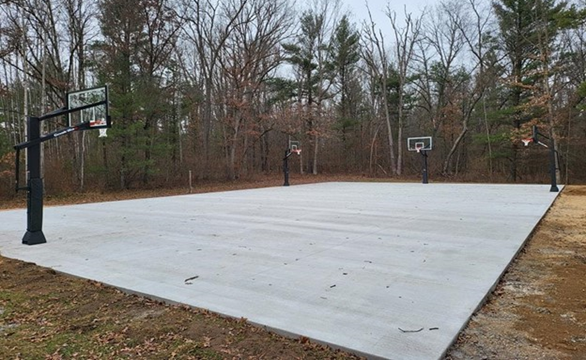What Is Sports Surface Resurfacing, and Why Is it Important?

Maintaining sports surfaces is paramount for ensuring a safe and enjoyable experience for athletes and enthusiasts. Over time, wear and tear can compromise the integrity of sports surfaces, leading to potential hazards and performance issues.
Read on to learn about sports surface resurfacing, exploring what it includes and why it is a crucial aspect of sports facility management.
Understanding Sports Surface Resurfacing
Sports surface resurfacing is the process of renewing and restoring the playing surface of sports facilities. This can include anything from tennis courts to artificial turf pitches and more. The objective is to address signs of aging and damage, providing a fresh and durable surface for continued use.
Resurfacing Process
The resurfacing process typically involves removing and disposing of the old surface, preparing the underlying base, and applying a new sports surface. This meticulous approach ensures that the rejuvenated surface meets quality standards, creating a safer and more enjoyable playing environment.
Signs Your Sports Pitch Needs Resurfacing
Recognizing when it's time for resurfacing is crucial for proactive maintenance. Keep an eye out for these warning signs:
● Worn and Shabby Appearance: If the surface looks played out and aged.
● Loose Seams: Seams coming apart or showing signs of wear.
● Drainage Issues: Insufficient drainage causes water to accumulate, resulting in waterlogging.
Why Is Sports Surface Resurfacing Important
Sports surface resurfacing is not just a matter of aesthetics; it plays a pivotal role in the functionality and safety of the playing area. Let's explore the key reasons why this practice is indispensable:
Safety First
A worn-out surface poses risks such as tripping hazards and uneven playing conditions. Resurfacing addresses these safety concerns, providing athletes with a level and hazard-free environment.
Enhanced Playability
The primary purpose of any sports surface is to facilitate optimal game performance. Resurfacing ensures the surface maintains the desired characteristics, such as ball bounce, roll, and slide, crucial for high-standard play.
Longevity of Facilities
Regular resurfacing extends the lifespan of sports facilities. Tennis courts and other surfaces can endure the test of time, accommodating sports activities for a more extended period.
Image and Professionalism
The appearance of sports facilities matters. A well-maintained and freshly resurfaced surface reflects professionalism, positively influencing the public image of the sports facility.
Safety Enhancement
Addressing wear and tear eliminates tripping hazards and ensures a safe playing environment. Adequate drainage reduces the risk of injuries caused by waterlogged surfaces.
Aesthetics Matter
A freshly resurfaced pitch looks more professional and appealing. This aesthetic upgrade positively impacts the overall image of the sports facility.
Incorporating Innovations
Advances in technology continually offer new surface types that enhance performance. Resurfacing allows sports facilities to incorporate these innovations for the benefit of athletes.
Resurfacing Decision: When to Act
Delaying resurfacing can lead to detrimental consequences. Waterlogged and unsafe playing conditions may arise if the process is postponed. Therefore, it's essential to be proactive.
To avoid waterlogging and safety hazards, it's recommended to consider sports pitch resurfacing every eight to ten years. Acting promptly when signs of wear appear ensures the playing surface remains in top condition.
Sports surface resurfacing is not just a maintenance task; it's an investment in sports facilities' safety, playability, and longevity. If your sports surface shows signs of wear, Spartan Sport Services, LLC can help to resurface it. Get in touch with us to learn more.
Reference (Do not Include)



Post a Comment